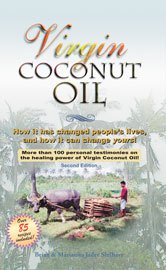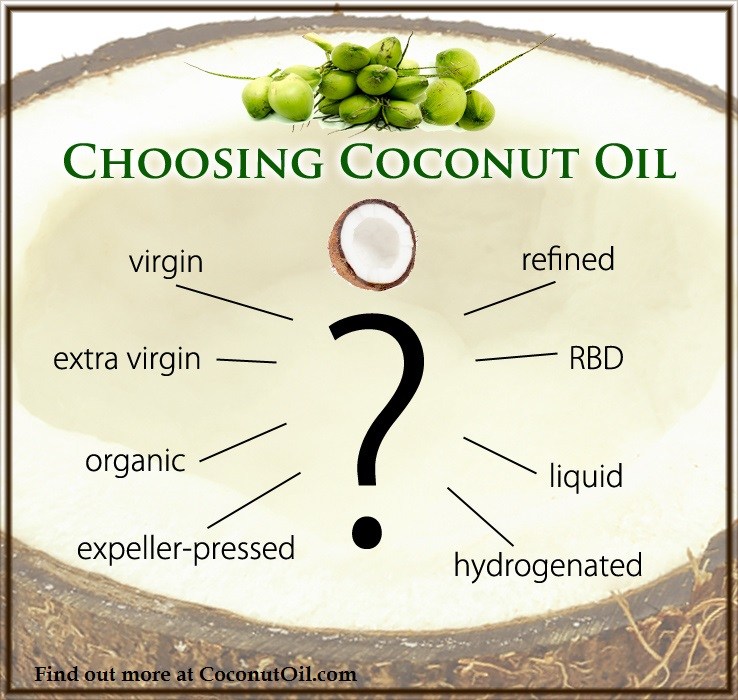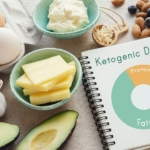
by Brian & Marianita Shilhavy
Health Impact News
The Problem with Allopathic Treatment of Acne
Inflammatory acne is a severe problem that is typically treated by pharmaceutical drugs. Antibiotics like erythromycin and clindamycin (often in combination with azelaic acid) are some of the more common drugs used to treat severe acne. While this may bring about temporary relief, high-dose administration of antibiotics leads to the development of multiple-drug resistance and very severe side effects, including destroying the beneficial gut flora needed for optimal health.
The best way to approach acne is to try and identify the underlining causes, and deal with issues related to digestion and nutrition. Dealing with acne only at the skin level does not usually address the underlying causes. Liver detoxification, maintaining a healthy gut flora, proper balance of Omega 3 and Omega 6 fatty acids, reducing refined sugar and other refined carbohydrates in the diet, are all factors worth looking into in providing a permanent solution to acne. For temporary relief via external applications, however, there is a new study on the benefits of curcumin and lauric acid.
The Study on Curcumin and Lauric Acid
Curcumin, extracted from the spice turmeric, has been demonstrated as an effective natural antibiotic in many applications. In a recent study in Taiwan at Chang Gung University, the use of curcumin in fighting the Propionibacterium species, the main cause of inflammatory acne, was investigated. To deliver curcumin through the skin, a lipid (oil) vehicle was tested, and lauric acid (C:12) was found as the most effective lipid vehicle in inhibiting acne. The lipid vehicle of lauric acid was found to penetrate the skin and accumulate in the skin, along with the curcumin, providing an effective combination in inhibiting acne.
The conclusion of this study was very promising: “We successfully developed lipid vehicles to deliver curcumin to the skin for P. acnes inhibition. Combined effects of curcumin and lauric acid were found in inhibiting P. acnes. A histological examination confirmed normal skin morphologies after lipid vehicle treatments. In summary, curcumin-loaded vehicles are a promising tool for the topical delivery of curcumin to inhibit the growth of P. acnes.”
Practical Applications
While the motivation of this study was probably to find a way to develop a new drug or product that can be patented, we can apply the knowledge of this study immediately with common items already found in nature. They may actually end up being more beneficial, with little or no side effects.
First, curcumin is found in the common spice turmeric. Turmeric has long history in India of being used to condition the skin. Ayuverdic facial masks using turmeric has a long history in Indian culture, and traditionally were used by brides before their wedding to make their skin soft and smooth.
Next, lauric acid is found in abundance in two places in nature: human breast milk and coconut oil. Coconut oil is close to 50% lauric acid. The ability of coconut oil to condition and nourish skin is well known in Asian cultures, and it is also known as an anti-fungal and anti-bacterial topical powerhouse. See our article on skin health here.
So for a DIY acne skin remedy, one could simply combine the spice turmeric with virgin coconut oil and apply it to the skin. Care must be exercised when using turmeric, as it will stain clothes and pretty much anything else it comes in contact with. Look for “kasturi” turmeric which is a non-edible version that reportedly does not stain as much as regular turmeric, but still contains curcumin, the active ingredient. Apply this combination to your skin and leave it on as long as possible before showering and washing it off.
Reference
In Vitro Anti-Propionibacterium Activity by Curcumin Containing Vesicle System
Chem. Pharm. Bull. 61(4) 419–425 (2013)
Chi-Hsien Liu* and Hsin-Ying Huang
Graduate Institute of Biochemical and Biomedical Engineering, Chang Gung University; 259 Wen-Hwa First Road,
Kwei-Shan, Tao-Yuan, Taiwan 333, R.O.C.
Abstract: http://www.ncbi.nlm.nih.gov/pubmed/23546001
Full Text: https://www.jstage.jst.go.jp/article/cpb/61/4/61_c12-01043/_pdf
See Also: Coconut Oil for Skin Health
About the authors: Unlike many people who write about coconut oil by simply reading about it, Marianita Shilhavy actually grew up on a coconut plantation in the Philippines and in a culture that consumed significant amounts of coconut fat in their diet. She later went on to earn her degree in nutrition and worked as a nutritionist in the Philippines. Brian Shilhavy also lived in the Philippines for several years with Marianita and their 3 children observing firsthand the differences between the diet and health of the younger generation and those of Marianita’s parents’ generation still consuming a traditional diet. This led to years of studying Philippine nutrition and dietary patterns first hand while living in a rural farming community in the Philippines. They are authors of the best-selling book: Virgin Coconut Oil: How it has changed people’s lives and how it can change yours!
Virgin Coconut Oil:
How it has changed people’s lives and how it can change yours!
Includes 85 recipes – Free shipping available!






 Research Continues to Show Virgin Coconut Oil's Effectiveness in Treating Cancer
Research Continues to Show Virgin Coconut Oil's Effectiveness in Treating Cancer Coconut Oil Continues to Benefit Alzheimer's Patients over Drugs as Studies Continue for Neurological Benefits
Coconut Oil Continues to Benefit Alzheimer's Patients over Drugs as Studies Continue for Neurological Benefits How the Simple High-Fat Low-Carb Ketogenic Diet Continues to Change People's Lives
How the Simple High-Fat Low-Carb Ketogenic Diet Continues to Change People's Lives New Studies Continue to Show that Coconut Oil is the Best Oil for Treating Skin Conditions and Maintaining Healthy Skin and Teeth
New Studies Continue to Show that Coconut Oil is the Best Oil for Treating Skin Conditions and Maintaining Healthy Skin and Teeth New Study Confirms Health Benefits of Coconut Oil and USDA False Claims Against It
New Study Confirms Health Benefits of Coconut Oil and USDA False Claims Against It